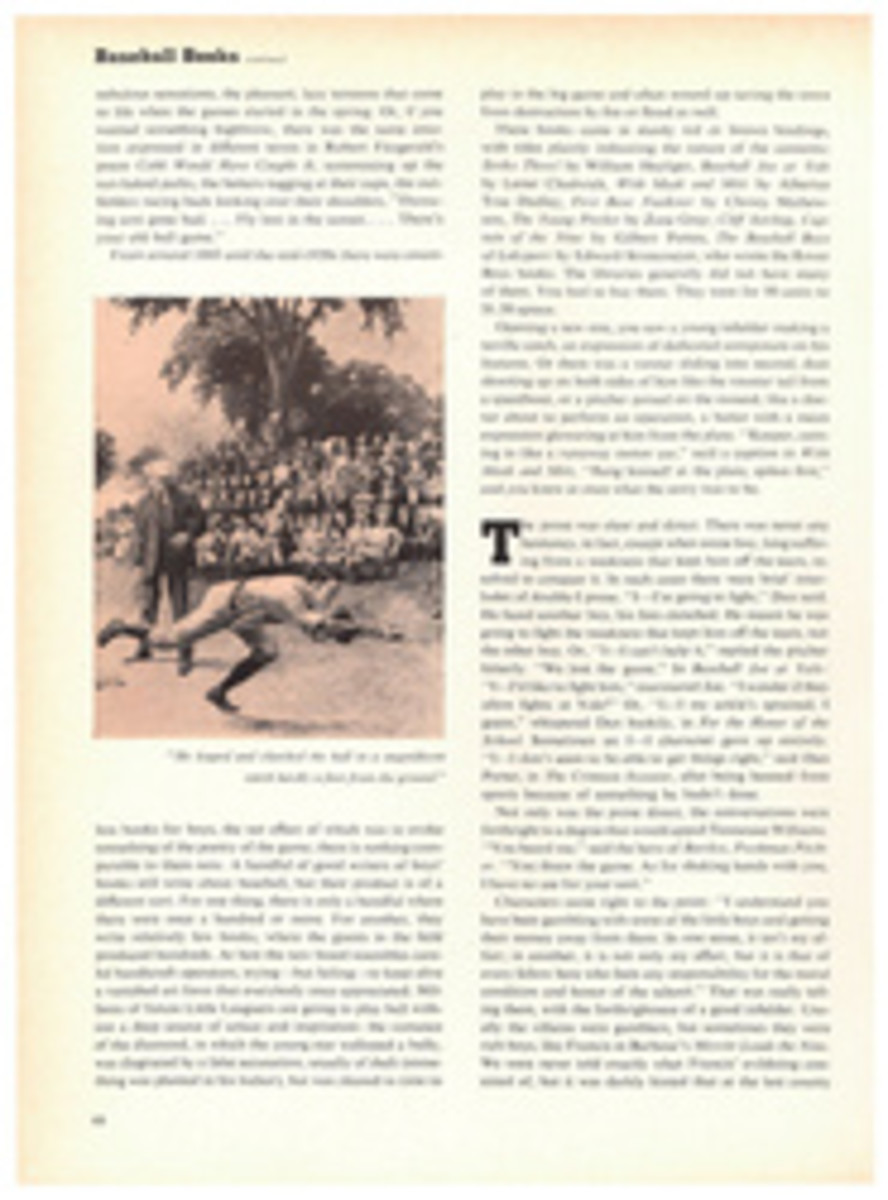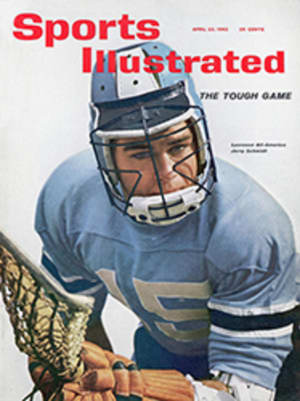
What the horns couldn't do
Forty years ago a bullfight critic told Spain's reigning matador, Juan Belmonte: "You must die tragically. It is the only thing left for you." Belmonte replied in his laconic manner, "I'll see what I can do."
On Sunday, April 8, 69-year-old Juan Belmonte, whose right hand killed 1,650 fighting bulls and whose planted feet changed the whole concept of bullfighting, used that same deadly hand to kill himself. After a morning's ride across the sprawling pastures of his ranch near Seville, Belmonte shut himself up in his study and shot himself in the right temple with a 6.35-millimeter pistol he kept in his desk drawer.
The death of a matador is a shock to the Spanish people as no other death is; la fiesta brava is still the heart and soul of Spain. And in bullfighting there are three names to consider. The first is Francisco Romero, who was the first man to make a profession of fighting the bull on foot (about 1726). The third will be the last matador to kill a bull in a formal corrida. The other is Juan Belmonte.
Belmonte was buried in a cemetery in Seville just 20 yards from the grave of Joselito, killed by a bull in the arena of Talavera de la Reina on May 16, 1920. Belmonte was the master, Joselito the prophet. They fought as rivals for seven seasons (1914-1920), bringing to the fight an excellence never surpassed.
At the very beginning of this "golden age," Belmonte changed the whole concept of bullfighting, simply by making the bull move past him. Before Belmonte, a bullfighter avoided death by dancing out of the way. Belmonte's frail and awkward legs could not dance. He fought with his arm because he had to—and genius combined with weakness to produce great art. He once told LIFE Correspondent Tom Dozier how he had refuted the traditional axiom that the matador moves himself or is moved by the bull. "I was determined," he said, "to prove a new theorem: You don't move and the bull doesn't move you—if you know how to fight."
Belmonte killed bulls with such skill and emotion that, at his peak, he could demand $9,000 (pre-World War II dollars) for fighting two bulls in an afternoon. He faced big bulls and small bulls, brave bulls and tricky bulls, and he fought them well, mostly, and emotionally, always. He was, as Don Modesto, the bullfight critic, described him, an ugly, round-shouldered, knock-kneed bullfighter who made you cry.
Three times Juan Belmonte retired, though no one took his retirements seriously. Bullfighters are notorious for quitting and then, either for money or glory, making a comeback. After one of his 24 serious wounds (he had countless "minor" ones), he received a letter from a friend: "I'm very sorry that the bull split your right collarbone. And I'm just as sorry that it didn't split your left collarbone and your breastbone as well. Maybe that would make you stop fighting."
The last two years were not happy ones for Belmonte. He knew death was coming. He had been ill for a long time, and a Madrid specialist had found a severe heart condition. He was told to go easy. He was even forbidden the luxury of riding across his great spread of land. He was an obedient patient until last spring when he began again to ride out each morning on his favorite horse with his son, Juanito, to test the calves for bravery. He would trip up the young animals with a long stick held like a lance, not hard work for a man who knows what he is doing. Then, very recently, he learned he had lung cancer.
The day before his death, Belmonte was out as usual, but he broke off the calf testing abruptly. He dismounted and went over to the car that had driven him and his son to the pasture and slumped in the seat. Juanito asked if he was tired. "Yes, a little," Belmonte said. "Let's go home."
PHOTO
GRACEFUL AS A STATUE and nearly as immovable, Belmonte executes a pass de pecho in the controlled, stately (and dangerous) manner that revolutionized the art of bullfighting.

